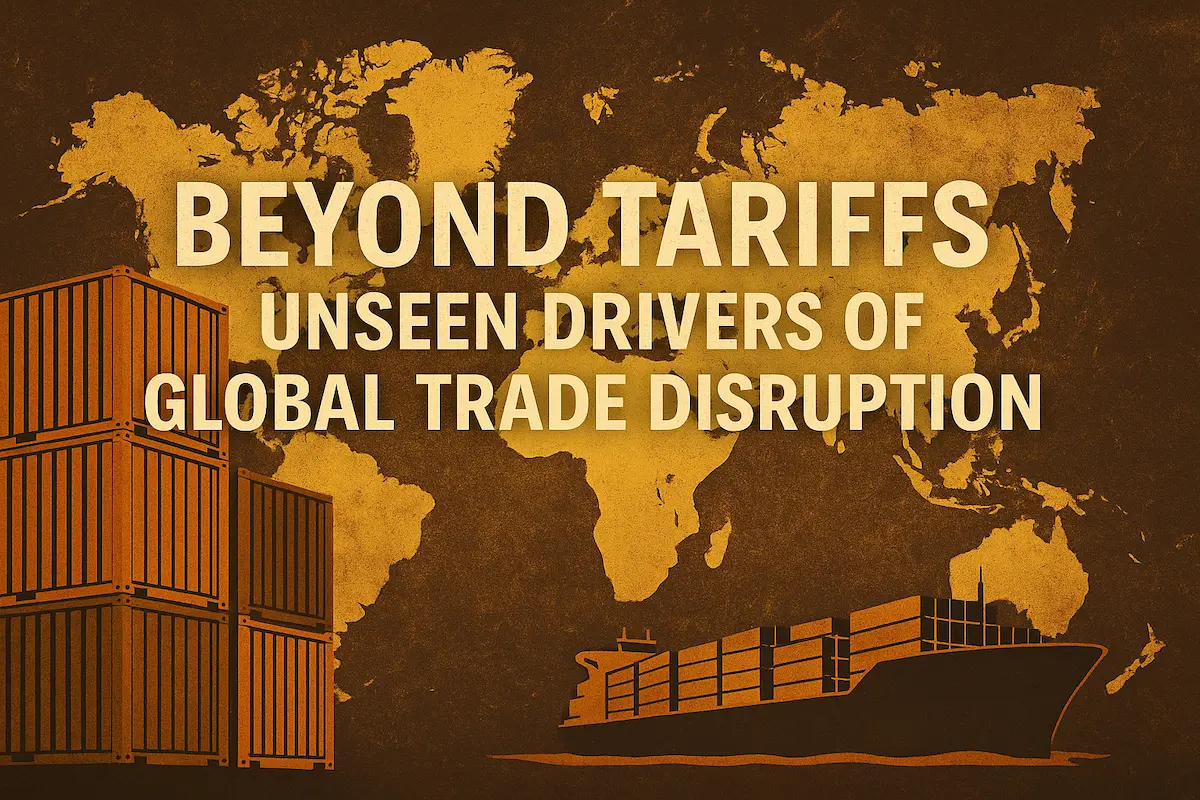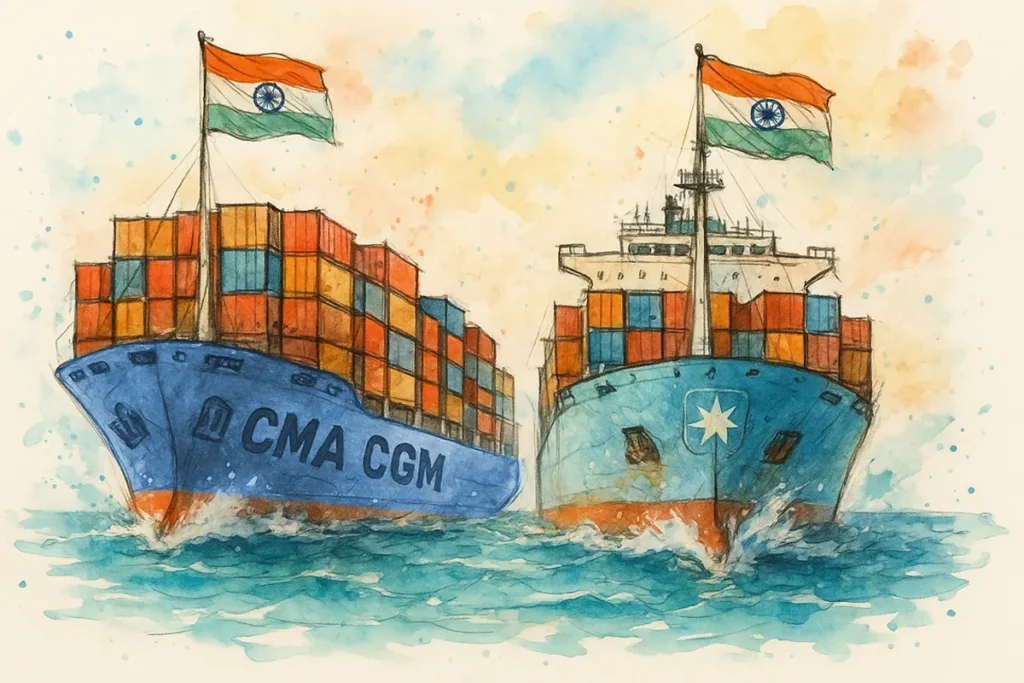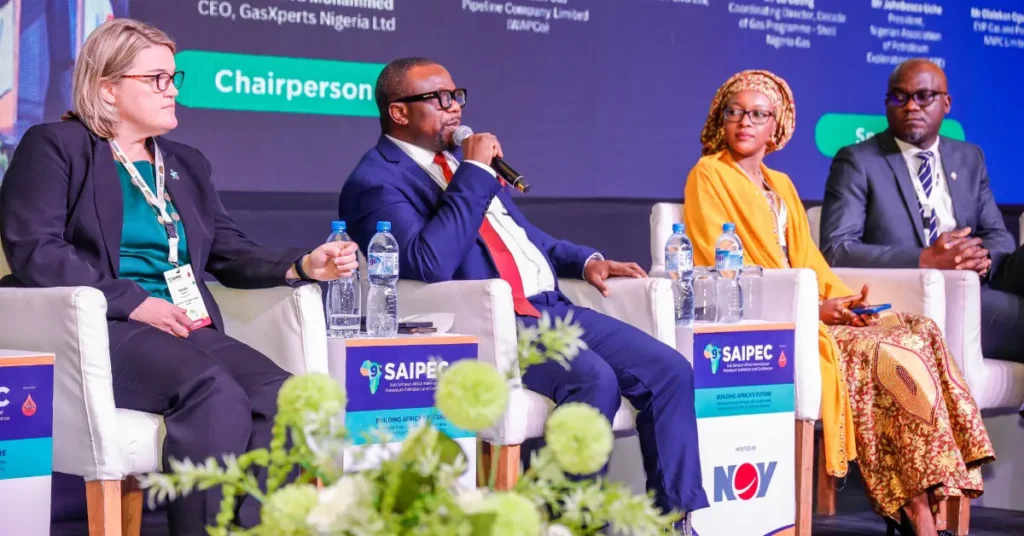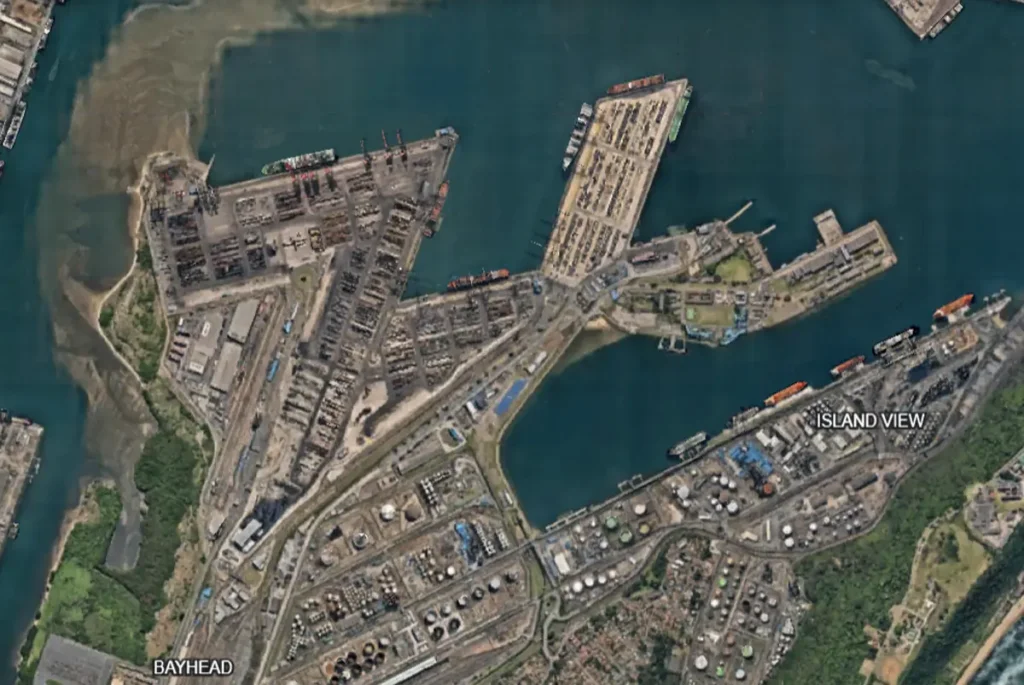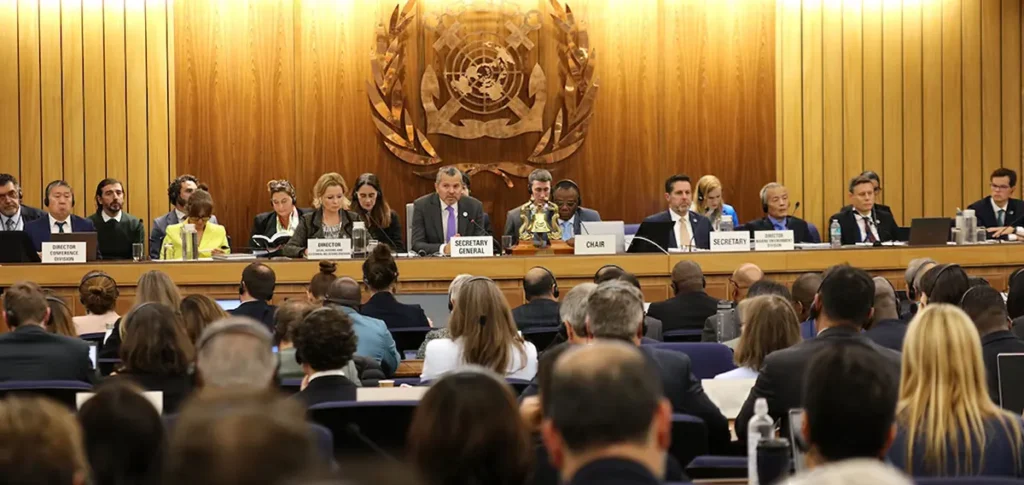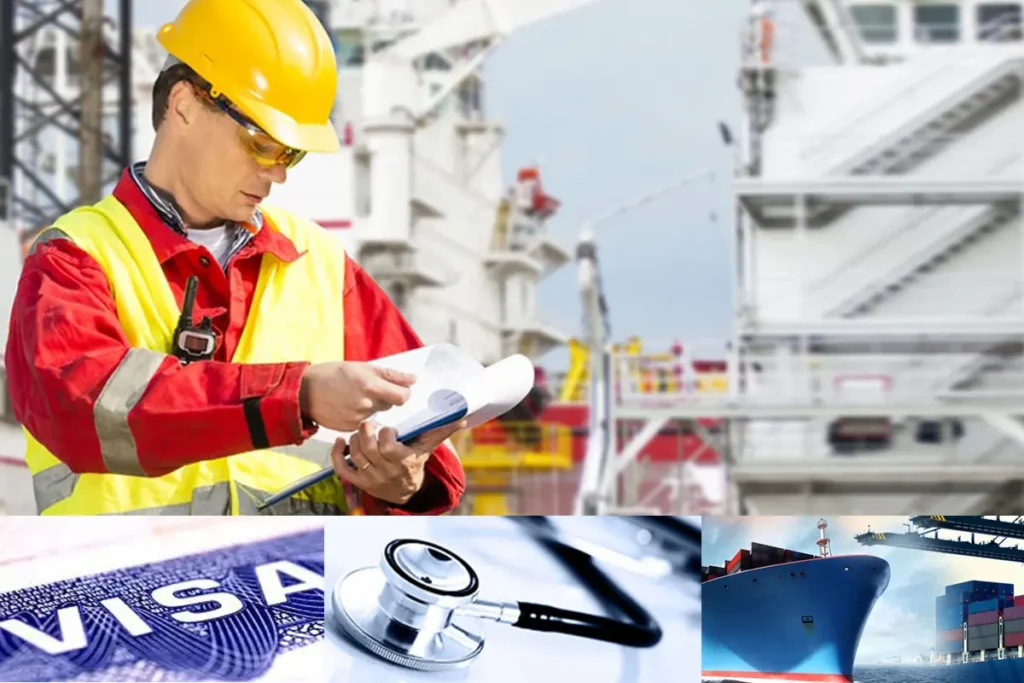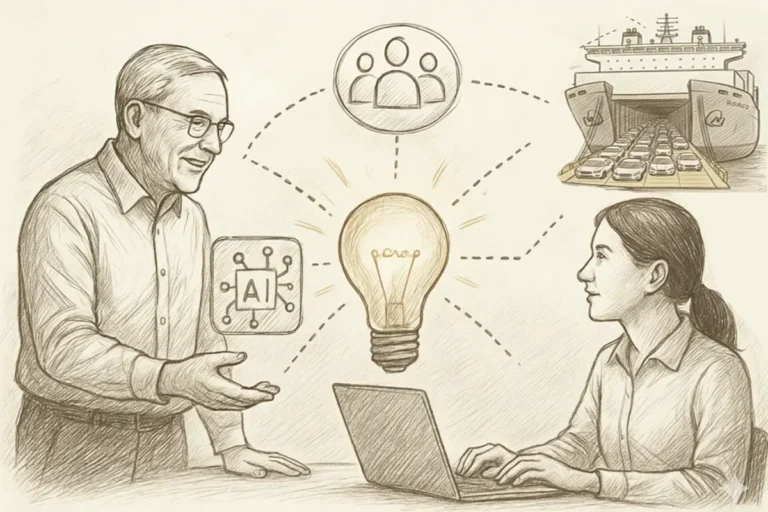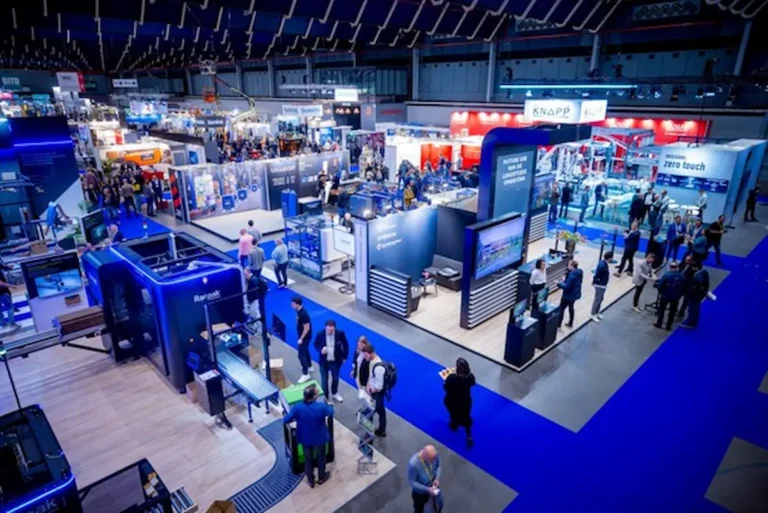For a few years or decades, predictability was the music that kept everything in sync in the global trade landscape..
But since that infamous virus whose-name-should-not-be-spoken, the tune has been a bit off-beat marked by sudden tariffs, shifting alliances, and reactive regulations that are creating friction not just in container yards and customs desks, but across entire economies..
These hidden costs, once tucked away in freight surcharges and supplier margins, are now front and centre.. And they are being felt worldwide..
From California to Kolkatta – Disruption is global
Let’s start with the U.S., where recent moves to impose new shipping fees on Chinese-built and operated vessels exemplify the problem..
According to The Office of the U.S. Trade Representative (USTR), these fees, which are part of a Section 301 action aimed at bolstering domestic shipbuilding, are set to come into effect in 6 months..
Starting at US$50/NT for vessel tonnage and US$120 per container, these fees are set to climb annually for the next 3 years.. While intended to reinvigorate U.S. manufacturing, this strategy risks collateral damage..
A March 2025 economic study found that such tariffs would reduce shipping service to many U.S. ports, prompting cargo diversion to Canada and Mexico, and possibly costing tens of thousands of port-related jobs.. And this is just the U.S..
Other trade policies around the globe are having cascading effects..
India’s trade policy shift: Progress with pressure
India’s updated customs valuation rules aim to prevent misuse of trade agreements and boost transparency, especially in sensitive sectors like precious metals.. While this is a step in the right direction, the sudden implementation has created confusion for exporters.. Many are facing delays and added costs as they rush to comply with new classification standards..
The Unified Logistics Interface Platform (ULIP) is transforming India’s logistics by connecting all stakeholders on a single digital platform.. With over 91 million API hits in January 2025, the adoption is clear.. But many SMEs are struggling with integration, leading to hiccups in cargo clearance and system sync issues that are slowing things down..
Small exporters, already stretched thin, are finding it tough to keep up.. The combination of new rules and rapid digitalisation is increasing compliance pressure, risking shipment delays and client dissatisfaction..
Africa’s AGOA uncertainty and China competition
Kenya faces growing anxiety as the African Growth and Opportunity Act (AGOA) nears its September 2025 expiration, putting up to 66,000 textile and garment sector jobs at risk.. Despite reassurances from President William Ruto, renewal remains uncertain, leaving exporters exposed to potential market loss..
Meanwhile, China continues to expand its footprint across Africa through the Belt and Road Initiative.. As of 2024, Chinese firms are involved in over one-third of Africa’s ports, with USD 29.2 billion invested last year alone.. While this improves infrastructure, it raises concerns around dependency and regulatory oversight..
Europe’s Green Trade Border and Compliance Complexity
The European Union’s Carbon Border Adjustment Mechanism (CBAM) is set to be fully implemented by 2026.. This mechanism will impose carbon tariffs on imports of carbon-intensive goods like steel, cement, and aluminum to prevent carbon leakage and level the playing field for EU producers..
Exporters from developing countries, including those in Africa, face significant challenges in complying with CBAM.. Small and medium-sized enterprises (SMEs) are particularly vulnerable due to limited resources and technical expertise.. They may struggle with the complexities of emissions reporting and the financial burden of purchasing carbon certificates..
To address these concerns, the EU Parliament has endorsed revisions to CBAM, exempting companies that import less than 50 metric tons of relevant goods annually.. This amendment aims to relieve over 90% of importers from the tariff’s administrative burden while maintaining the mechanism’s environmental integrity..
The shift to airfreight for U.S.
Back in North America, PMSA’s May 2025 update showed that U.S. airborne imports in Q1 surpassed seaborne container imports in value—a rare occurrence.. This surge was triggered by importers rushing goods in ahead of new tariff regimes.. But this shift to air comes with higher emissions, increased insurance premiums, and less capacity flexibility for critical goods..
PMSA flagged that much of this shift came from trade lanes such as Ireland, Switzerland, and Taiwan—showing the global nature of this pattern..
Container volumes are rebounding but outlook remains fragile
PMSA also reported a modest recovery in container traffic at major U.S. ports in April 2025—with ports like Long Beach and Savannah showing year-on-year increases..
But port executives like Mario Cordero remain cautious, noting “A 10% reduction in cargo volume at our Port represents a loss of 100,000 port-related jobs in California”.. He highlighted how unpredictable trade talks cause disruptions far beyond customs desks..
Such volatility creates risk aversion among logistics planners.. They hedge with overstocking, diversify routes through less efficient corridors, or delay expansion decisions.. All of this adds cost..
Unrest, security, and volatility
- Labour unrest at ports and terminals has re-emerged as a critical risk factor.. In the past year alone, dockworker strikes in Europe and the U.S. have stalled vessel schedules, caused ripple delays in inland movement, and forced shippers to reroute cargo at significant cost.. With collective bargaining agreements under strain from inflation and automation anxieties, the threat of recurring disruption looms large..
- Cybersecurity is another silent stressor.. As ports and shipping companies rush to digitalise, vulnerabilities have multiplied.. Digitalisation of trade, from electronic bills of lading to real-time port data, demands robust security frameworks, yet investment in cybersecurity remains patchy at best..
- Finally, climate volatility is no longer a hypothetical threat.. From historic floods that submerged German rail lines to typhoons that rerouted vessels away from East Asia, weather events are now causing direct and frequent disruption.. Insurance premiums are climbing, and supply chain planners are being forced to factor in weather delays as standard risk, not exceptions..
Policy Myopia vs. Infrastructure Vision
In his commentary, PMSA President Mike Jacob rightly argues that investment—not punishment—will rebuild the U.S. maritime sector “Tariffs on terminals and intermodal carriers buying new equipment, when no domestic alternative exists, are excessively punitive,” said Jacob..
And that sentiment holds true globally.. Countries looking to become trade hubs—from Vietnam to Brazil—must look beyond protectionism and toward integrated investments in digital customs, multimodal logistics, and decarbonised infrastructure..
Conclusion: Let’s not shipwreck global trade
Trade policy is no longer just a matter of import duties and port preferences.. It is shaping who trades, how they trade, and at what cost.. The hidden costs—from diverted cargo to lost jobs to modal inefficiencies—are no longer hidden.. They’re evident in balance sheets and boardrooms across the globe..
It’s time policymakers stop using trade as a tactical tool and start treating it as strategic infrastructure.. Because if we continue to weaponise unpredictability, we risk capsizing the very economy we’re trying to sail..

